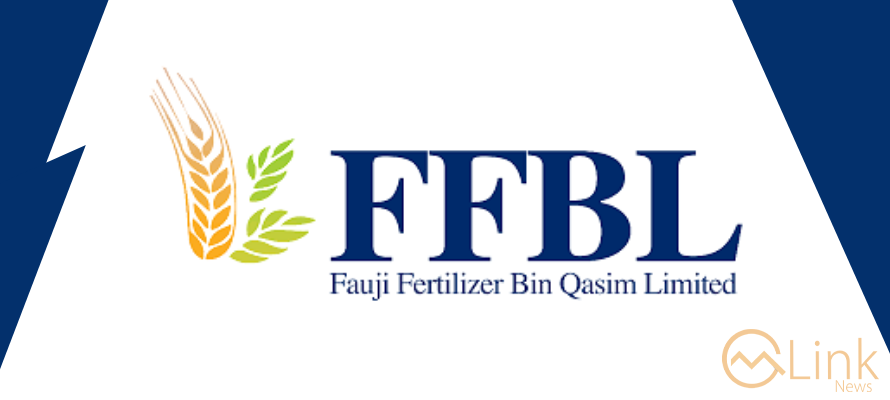Moody's Investors Service says the fallout from the correction in Turkey's (Ba3 negative) exchange rate and asset prices highlights again the external vulnerability and sensitivity to a rise in the cost of debt of some emerging and frontier market nations.
Those economies most sharply hit by weakening exchange rates, wider risk premia and lower capital inflows so far this year share the characteristic of twin current account and budget deficits, while country-specific factors — often relating to policy credibility — have likely also fueled the financial market sell-off.
In its just-released report, “Sovereigns – Global Contagion risks greatest where external vulnerability, weak debt affordability meet low policy credibility”, it examines the countries that have been worst hit by a tightening in financing conditions this year and evaluates their vulnerability to a sharp and sustained deterioration in financing conditions.
Looking at the size and composition of their balance of payments and the amount of financial buffers in the form of foreign exchange reserves, Moody's identified Argentina, Ghana (B3 stable), Mongolia (B3 stable), Pakistan (B3 negative), Sri Lanka (B1 negative) and Zambia, beside Turkey, as the emerging and frontier market sovereigns most vulnerable to dollar appreciation.
And out of these, Argentina and Pakistan's currencies have experienced particularly marked depreciations against the dollar year to date, says a press release issued by Moody’s.
According to the rating agency’s report, Pakistan is facing elevated external pressures stemming from a strong domestic demand and capital-import heavy investments related to the China-Pakistan Economic Corridor (CPEC).
“We expect a current account deficit of 4.8 percent of GDP this year. While reserve coverage of external debt repayments remains adequate, we expect that coverage to weaken,” the report said.
“Unless capital inflows increase substantially, possibly through and in combination with an IMF program, we see an elevated risk of a further erosion in foreign exchange reserves,” it added.
The rating agency further elaborated that around one-third of Pakistan’s debt is denominated in foreign currencies, with the country’s gross borrowing requirement among the highest from those countries that are rated by Moody’s.
Pakistan’s debt level stands at around 27-30 percent of its GDP, and has primarily been driven by persistent fiscal deficits and the government’s reliance on short-term debt, with an average maturity of 3.8 years.
Although Pakistan is not a major recipient of volatile capital inflows, local currency depreciation could raise inflation and prompt additional domestic rate hikes, which would pass through to borrowing costs and further weaken the government's fragile fiscal position.
“We find that Pakistan's debt affordability would weaken significantly from already low levels in the event of a sharp and sustained increase in the cost of debt”, the report said.
22730







